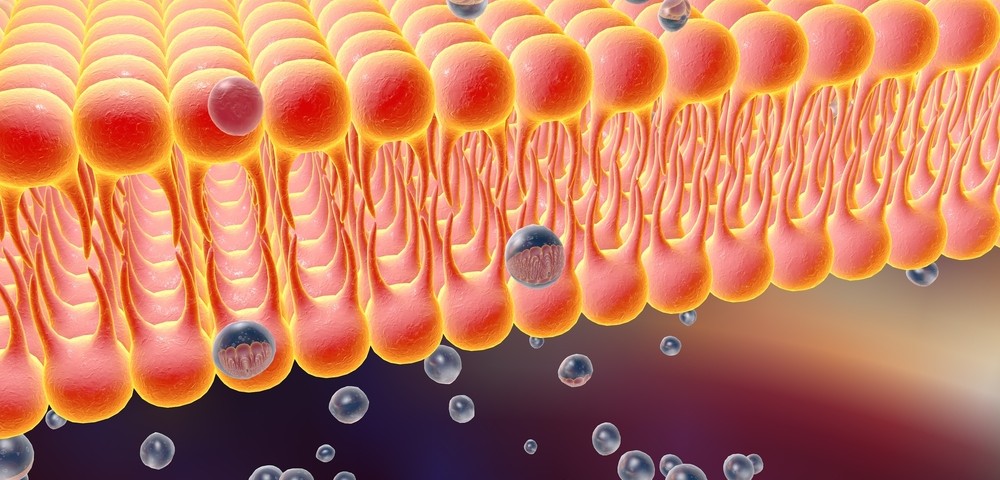A gene whose mutations cause a rare human genetic disease associated with defects in lipid storage may be involved in the assembly and release of the hepatitis C virus (HCV), according to the study “ABHD5/CGI-58, the Chanarin-Dorfman Syndrome Protein, Mobilises Lipid Stores for Hepatitis C Virus Production,” published in PLOS Pathogens.
HCV chronically infects around 146 million people worldwide, often leading to end-stage liver disease. A hallmark of chronic hepatitis C is the dysregulation of the host lipid metabolism. That occurs because HCV targets the liver and uses the lipid droplets — where the majority of the cellular lipid content is stored — found in the host’s fat and liver cells for their own propagation. Additionally, HCV closely resembles very low density lipoproteins due to its particular lipid content and association with specific lipoproteins, which facilitates viral entry through lipid receptors. It also enables viral evasion from the immune system, making it hard for immune cells to recognize and fight HCV.
Researchers, led by Thomas Pietschmann, focused on a list of genes previously thought to modulate lipid droplet function and morphology, and tested whether any of them had a role in initial or chronic HCV infection. They found a number of candidates involved in several stages of the HCV life cycle, such as entry, replication, assembly and release, and specifically focused on ABHD5 for a more detailed analysis.
Mutations in the ABHD5 gene are known to lead to Chanarin-Dorfman syndrome (CDS), a rare human genetic disease associated with lipid storage defects. The investigators, from Hannover, Germany, found that variations in the cellular levels of ABHD5 led to specific alterations in the number of lipid droplets in those cells. Particularly, cells with lower-than-normal ABHD5 had accumulation of lipid droplets, whereas the opposite was found in cells with higher-than-normal ABHD5. However, researchers not only found that this effect was no longer seen when cells expressed high levels of a mutated form of ABHD5 known to cause CDS, but also that HCV assembly was disrupted in these cells, demonstrating that ABHD5 is a novel HCV co-assembly factor.
Furthermore, the team showed that ABHD5 was preferentially located at the surface of the lipid droplets and the secretion machinery of the cells — where HCV assembly is also known to occur. By mutating specific domains of the protein, they identified a part of ABHD5 called “tribasic lipid droplet consumption motif” that was not involved in the co-localization of the protein with the lipid droplets, but was required for its consumption.
“Our findings indicate that ABHD5 supports HCV production by triggering the mobilisation of the lipid droplet lipid stores for the assembly and release of infectious lipo-viro-particles,” the researchers said in a news release. “They shed light on host determinants of HCV and VLDL morphogenesis, on the role of ABHD5 in hepatocytes, and the etiology of the liver dysfunctions observed in the Chanarin-Dorfman patients.”

